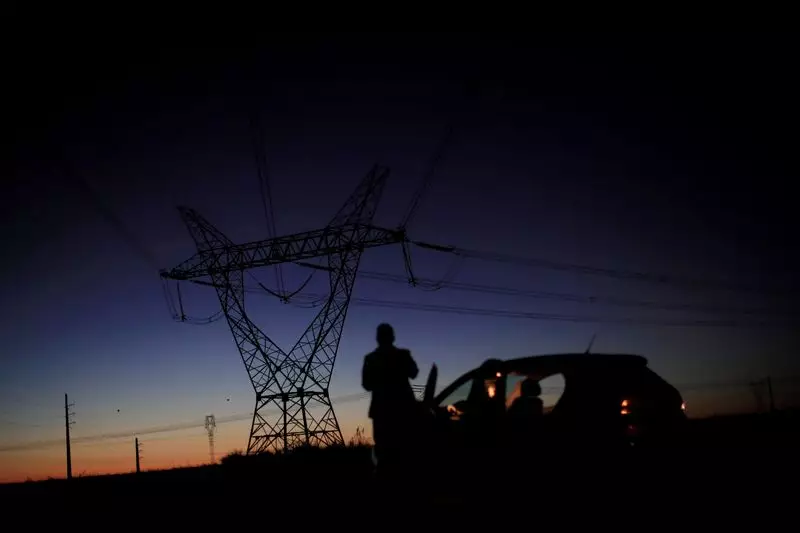Recently, Brazilians have been hit with the news that they will be paying more for electricity in September. This is due to a decision made by the local power regulator Aneel, who has implemented an additional charge on bills. The reason for this extra cost is the drop in reservoir levels at hydroelectric plants, which has been exacerbated by the country’s dry season.
Impact of Hydroelectric Plants
Despite the growth of wind and solar power in Brazil in recent years, more than half of the country’s power supply still comes from hydroelectric plants. This heavy reliance on hydroelectricity has led to the implementation of a pricing system by Aneel. This system includes different levels such as “green”, “yellow”, “red level 1” and “red level 2”.
In a recent statement, Aneel announced that they have decided to activate the “red level 2” rank for the first time since August 2021. This means that Brazilians will now have to pay an additional 7.88 reais ($1.40) for every 100 kilowatt-hour of power they consume. The decision to implement this higher charge came after forecasted rainfall in Brazil’s main hydroelectric areas was projected to be about 50% below average for September.
The drop in reservoir levels at hydroelectric plants has forced power generators to increase their use of thermoelectric plants, which are more expensive. This shift in power generation methods has not only led to higher electricity costs for consumers but has also raised concerns about inflation in the country.
It is important to note that in August, no additional charges had been imposed on consumers. However, the significant decrease in rainfall and the resulting strain on hydroelectric plants has necessitated the activation of the “red level 2” pricing tier. This highlights the vulnerability of Brazil’s power supply to external factors such as weather patterns.
The rise in electricity costs in Brazil serves as a stark reminder of the challenges posed by climate-related issues on the country’s energy infrastructure. Moving forward, it will be crucial for Brazil to diversify its sources of power generation and invest in more resilient infrastructure to mitigate the impact of future droughts and other climate-related challenges.

